Data Exploration and Transformation
Transform and Analyze Data with Microsoft Fabric

Luis Silva
Solution Architect - Data & AI
Data transformation scenarios
Why do we need to transform the data?
- Remove or clean incorrect data from source systems

Data transformation scenarios
Why do we need to transform the data?
- Remove or clean incorrect data from source systems.
- Convert data types to ensure consistency.
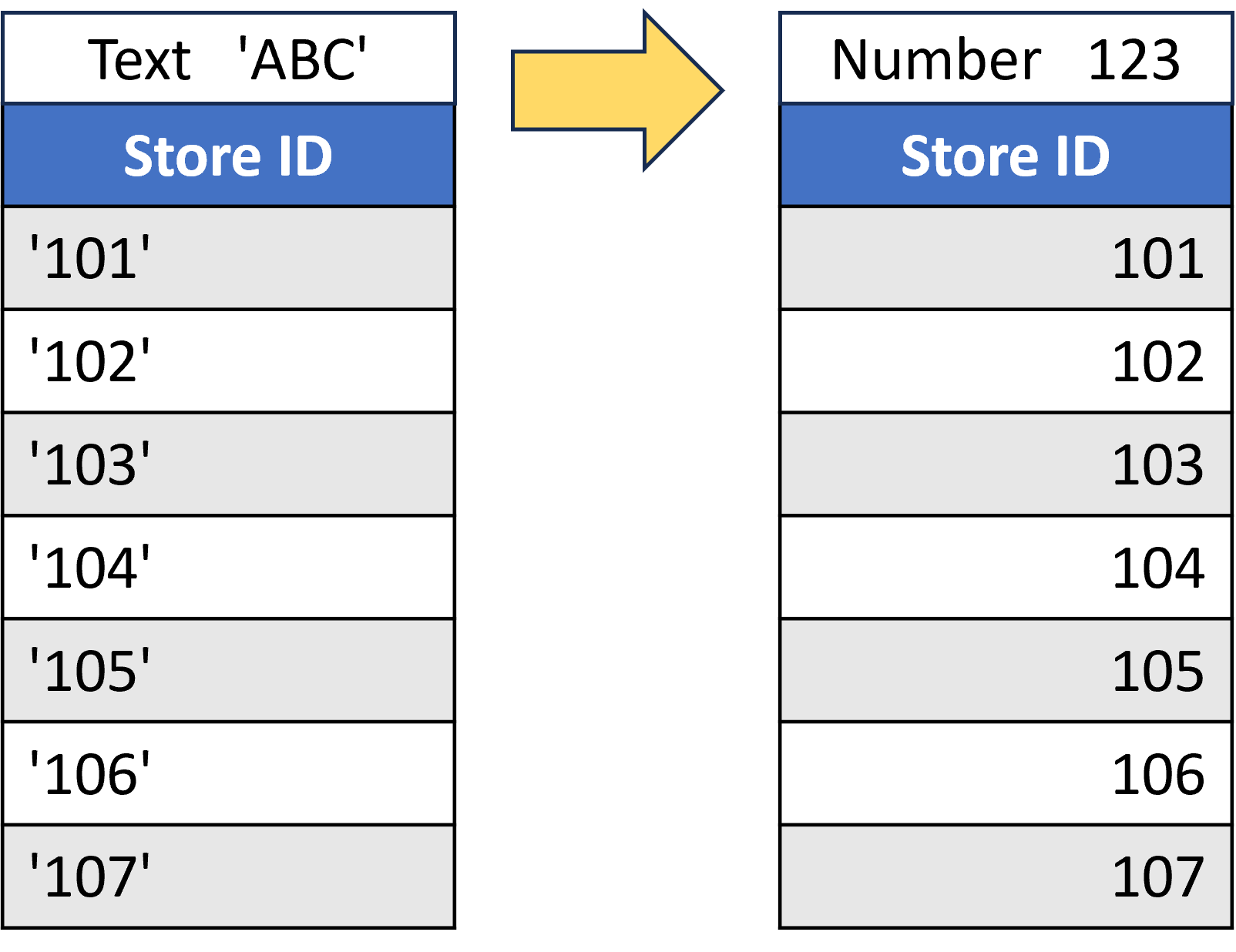
Data transformation scenarios
Why do we need to transform the data?
- Remove or clean incorrect data from source systems.
- Convert data types to ensure consistency.
- Filter out irrelevant data.

Data transformation scenarios
Why do we need to transform the data?
- Remove or clean incorrect data from source systems.
- Convert data types to ensure consistency.
- Filter out irrelevant data.
- Combine data from multiple source systems.
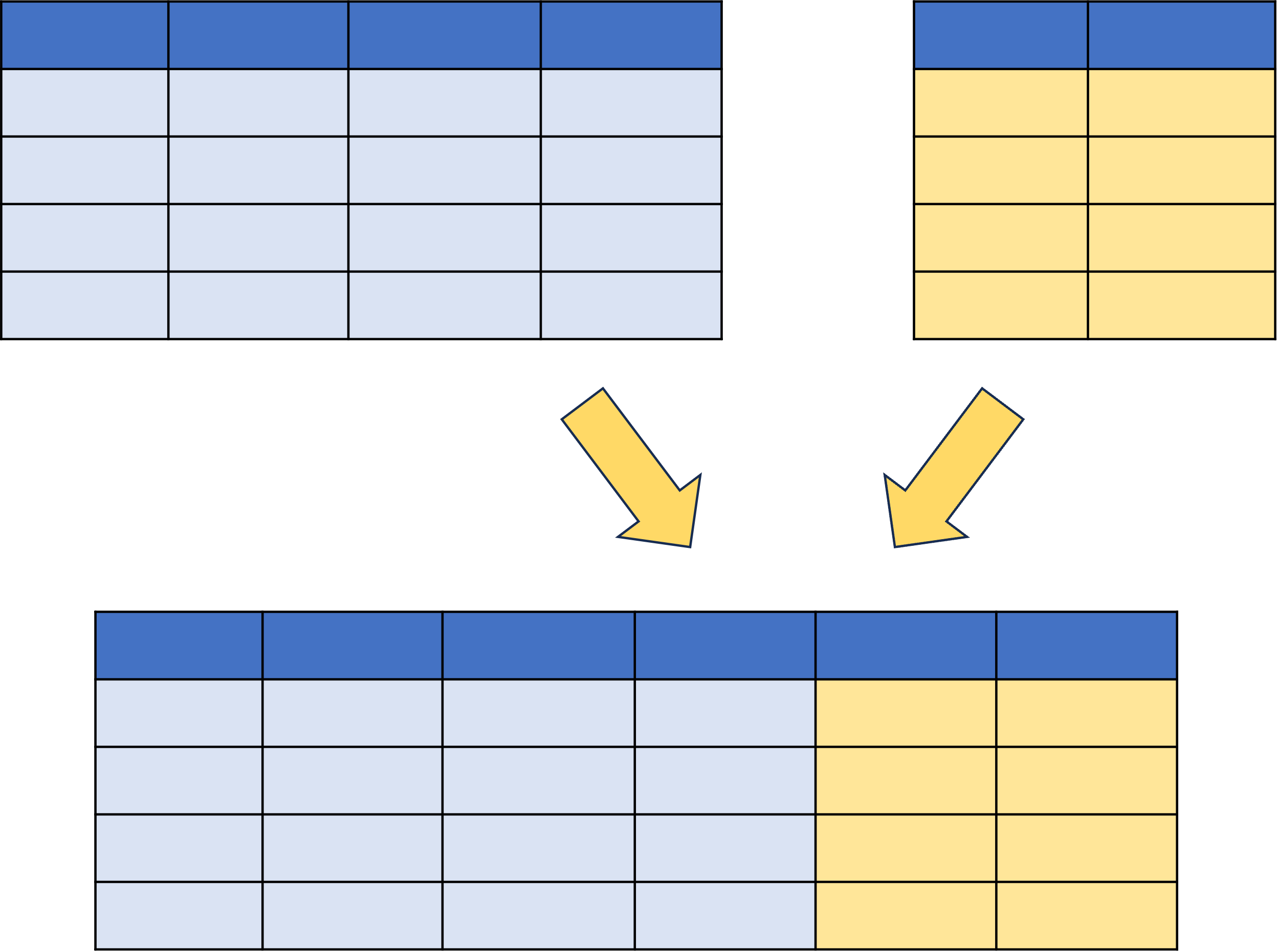 -
-
Data transformation scenarios
Why do we need to transform the data?
- Remove or clean incorrect data from source systems.
- Convert data types to ensure consistency.
- Filter out irrelevant data.
- Combine data from multiple source systems.
- Put the data in a format more suitable for analysis and reporting.
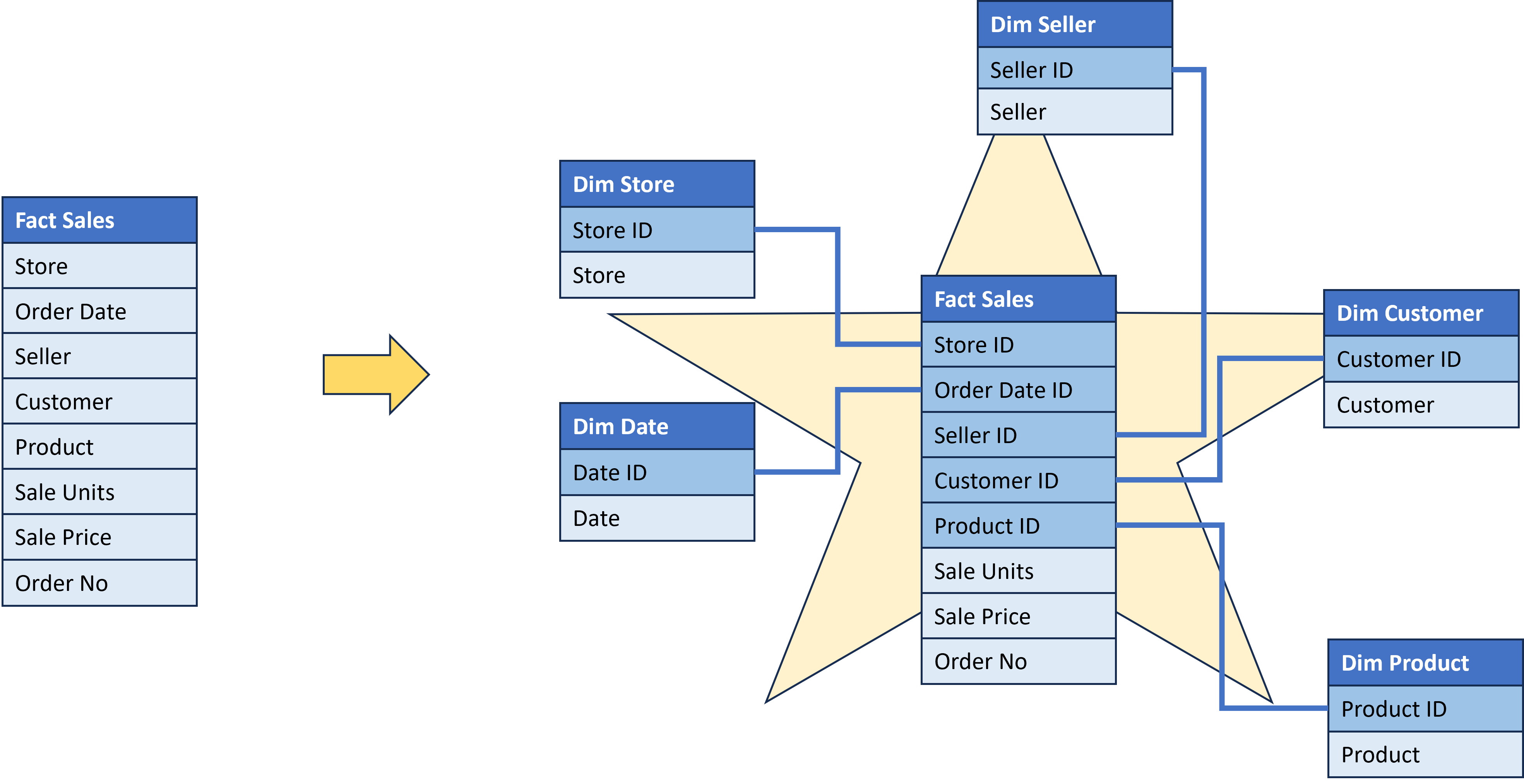
Cleansing data
- Reduce irrelevant rows (remove top rows, remove bottom rows)
- Remove duplicates
- Remove blank rows
- Remove error rows
- Convert data types
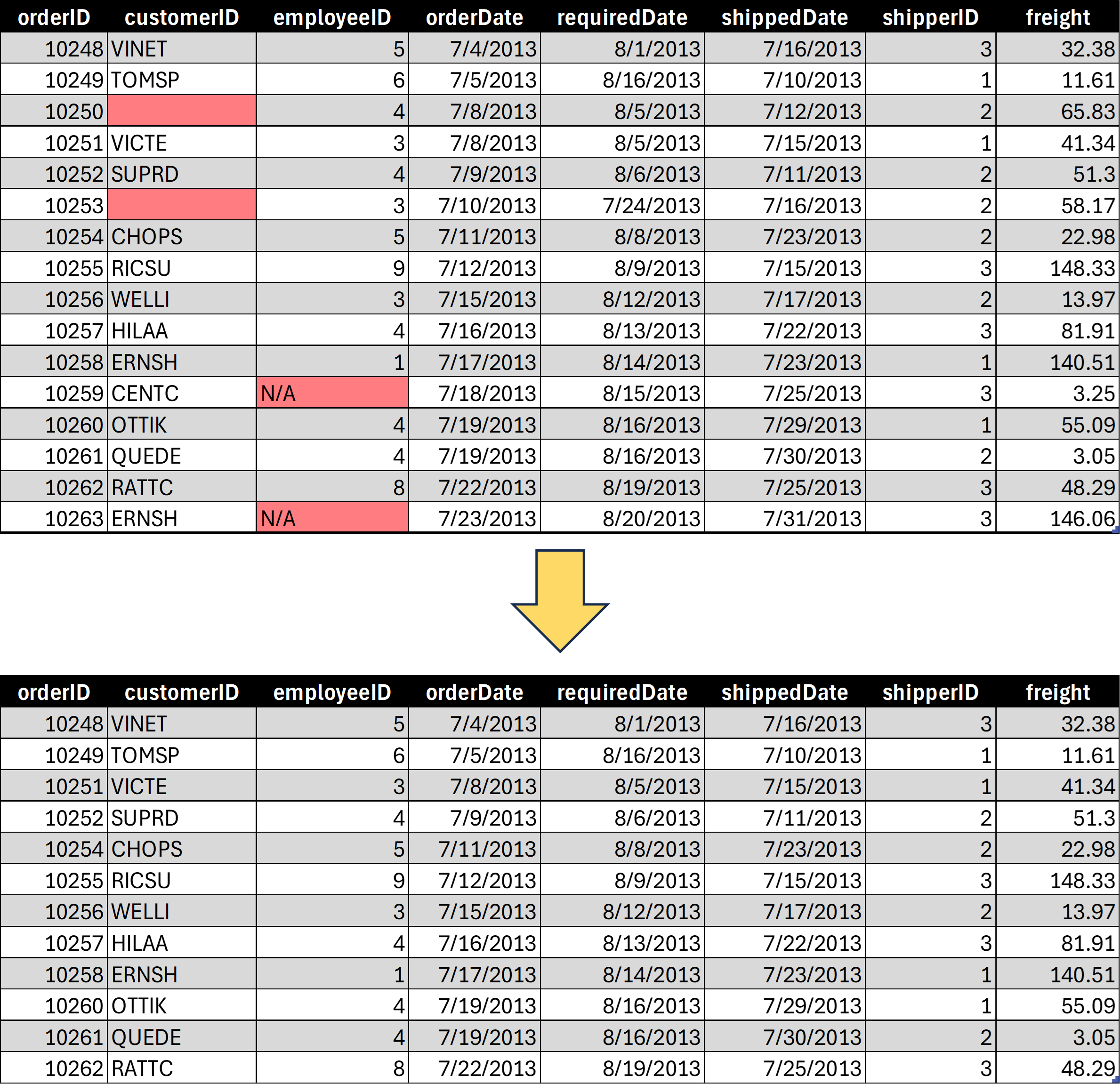
Filtering data
Narrowing down datasets
- Select only a subset of the data
- Discard records that do no meet certain criteria
Example: SQL WHERE clause


Merging and Joining data
- Join two or more datasets
- Useful for building star schemas
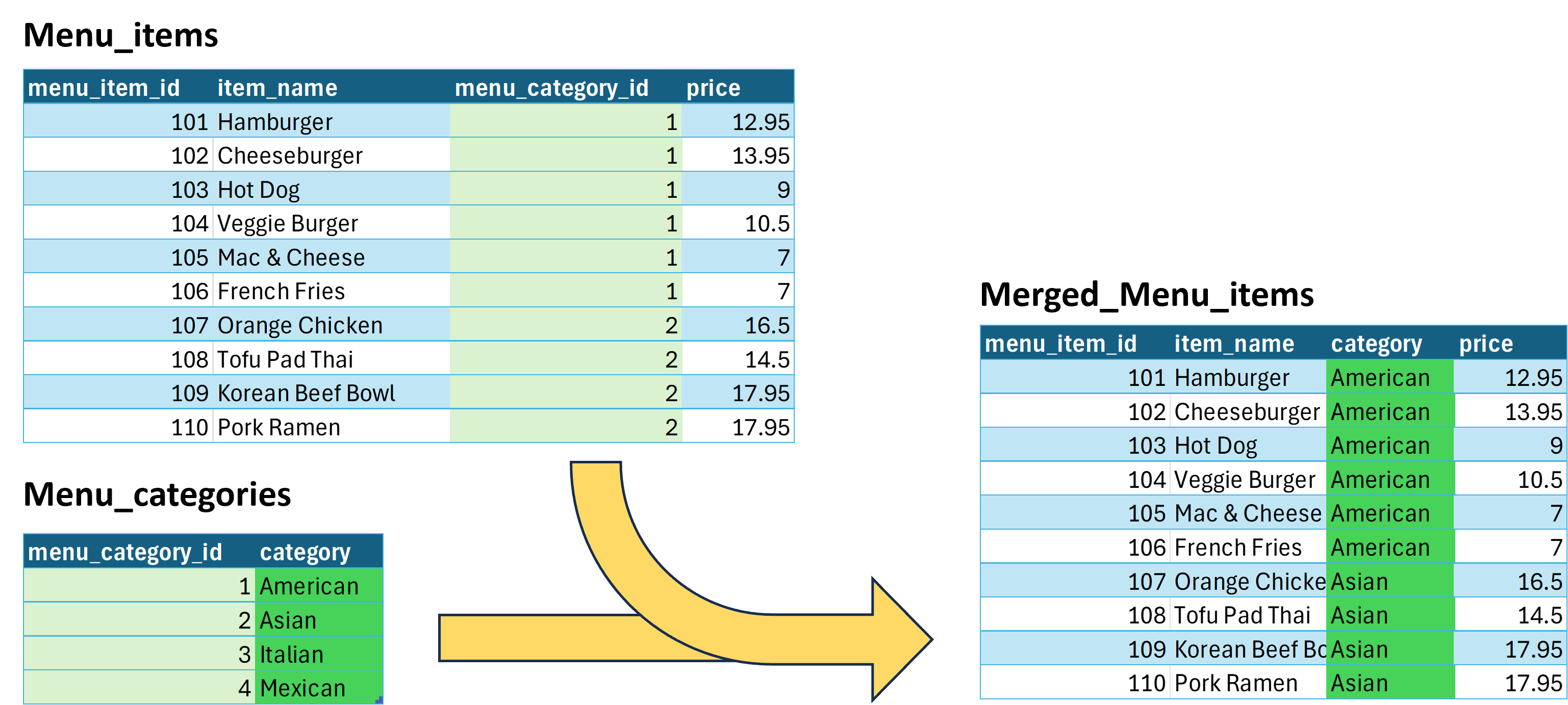
Data Aggregation and De-aggregation
- Aggregate: compile and summarize data
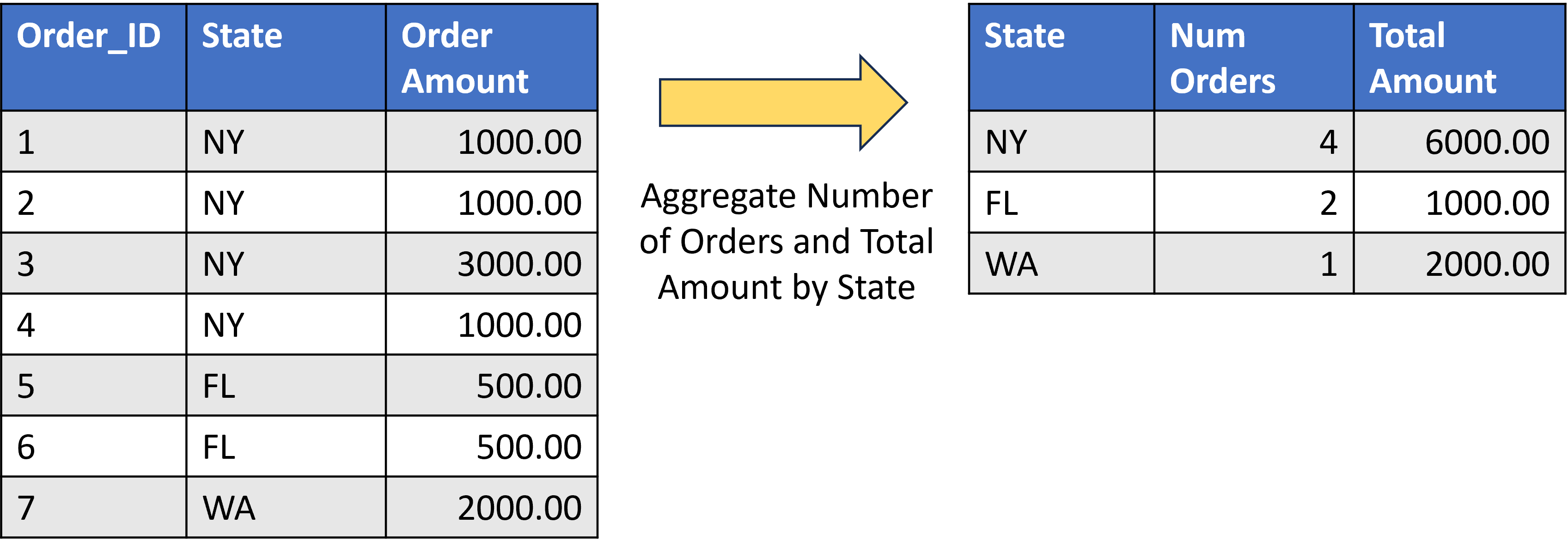
- Disaggregate: split data, usually single column into multiple columns

Data exploration and transformation tools
- Dataflows
- Data Wrangler
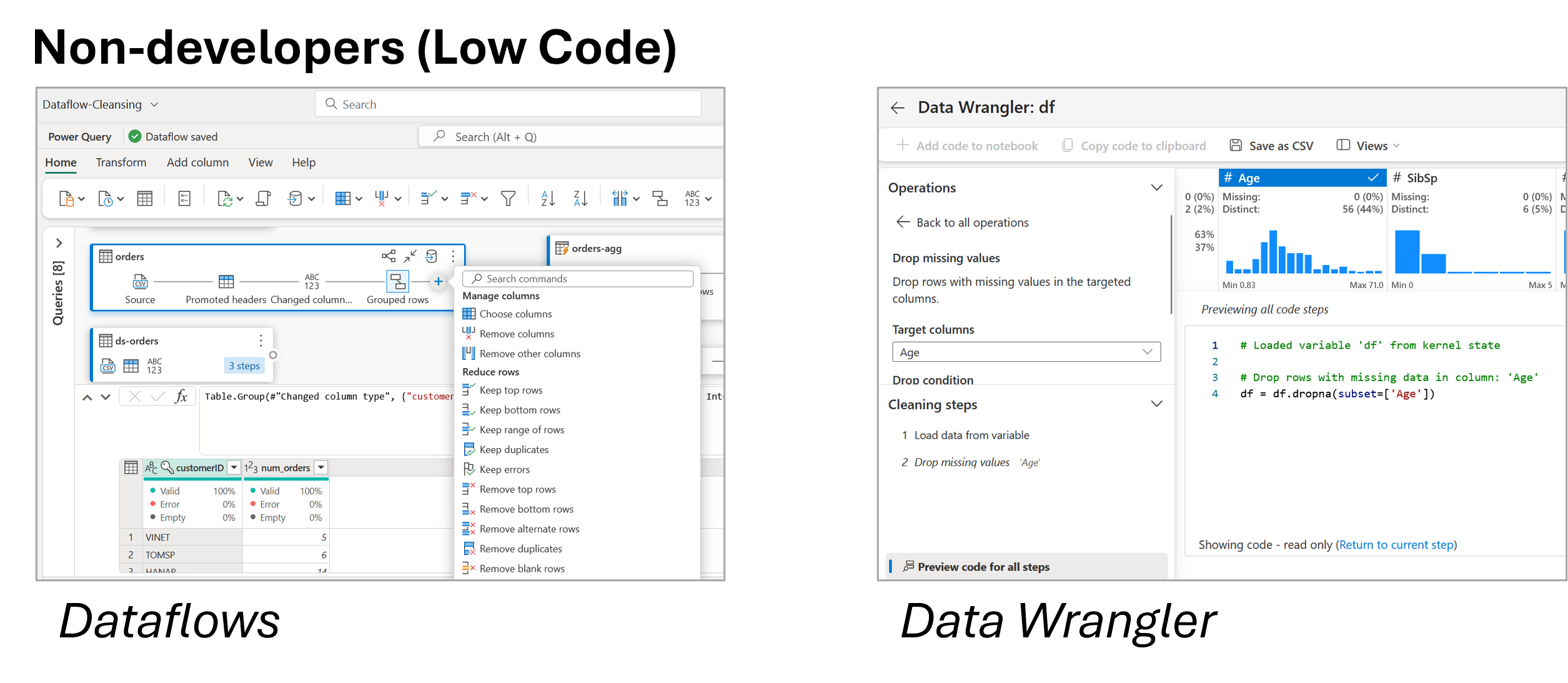
- Spark notebooks
- SQL scripts
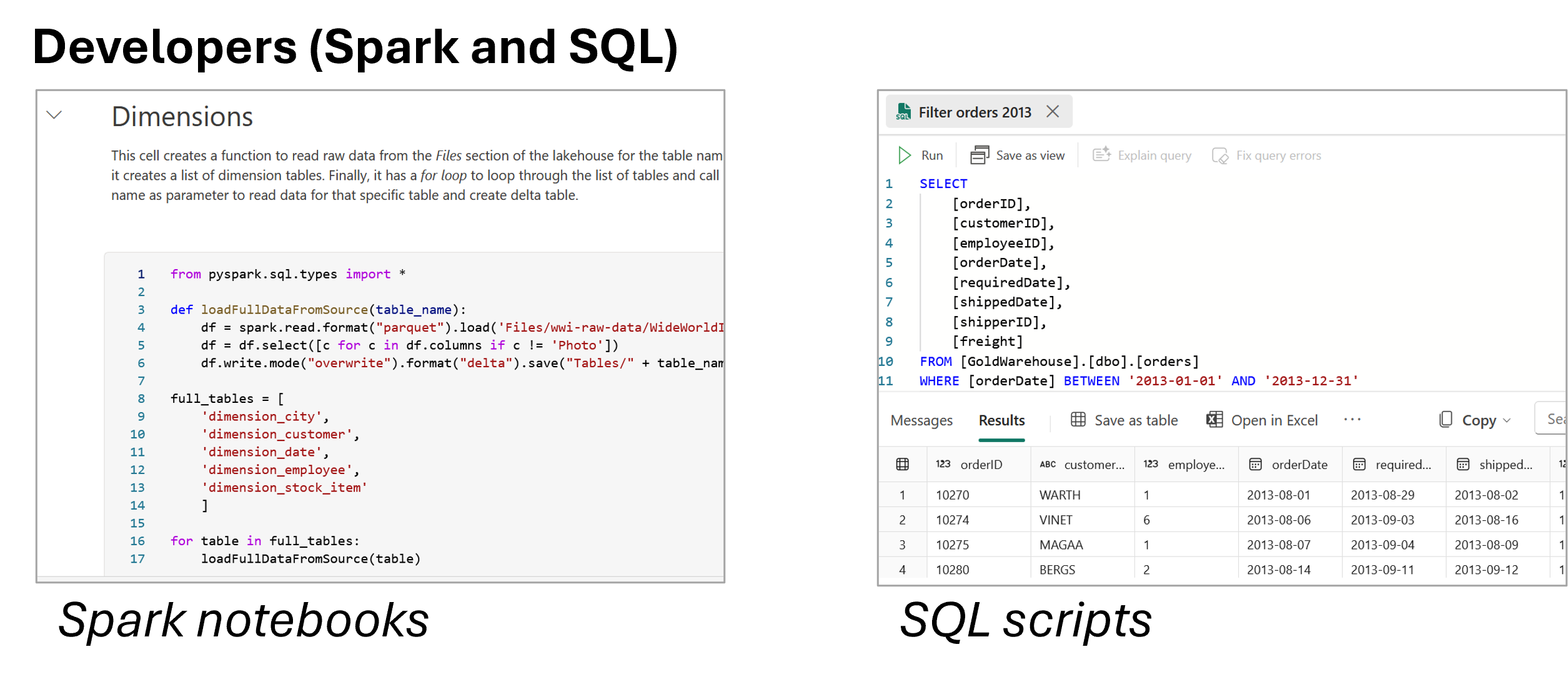
Dataflows
- Low-code graphical interface
- Cleansing
- Filtering
- Aggregating
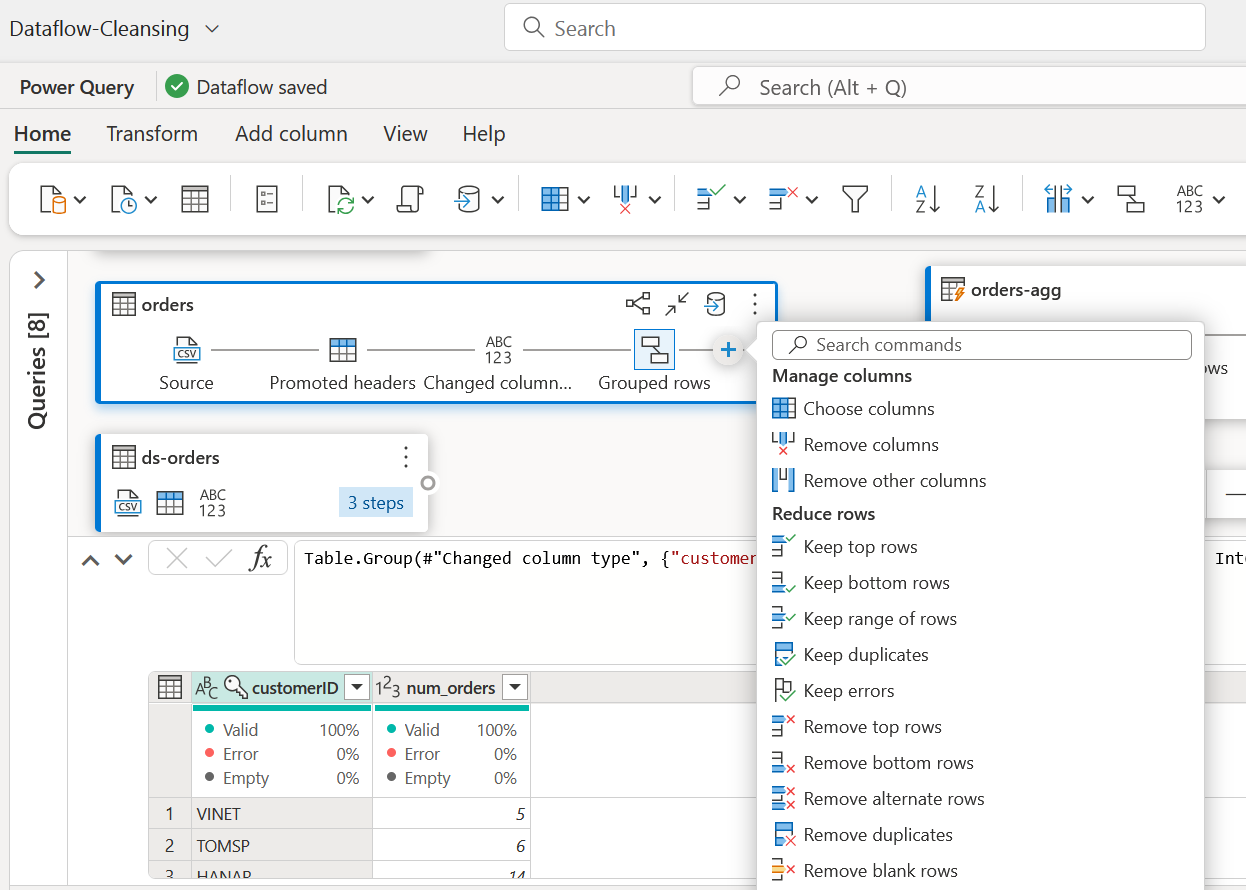
Data Wrangler
- Notebook-based tool for exploratory data analysis
- Data display grid
- Dynamic summary statistics
- Built-in visualizations
- Library of common data-cleaning operations
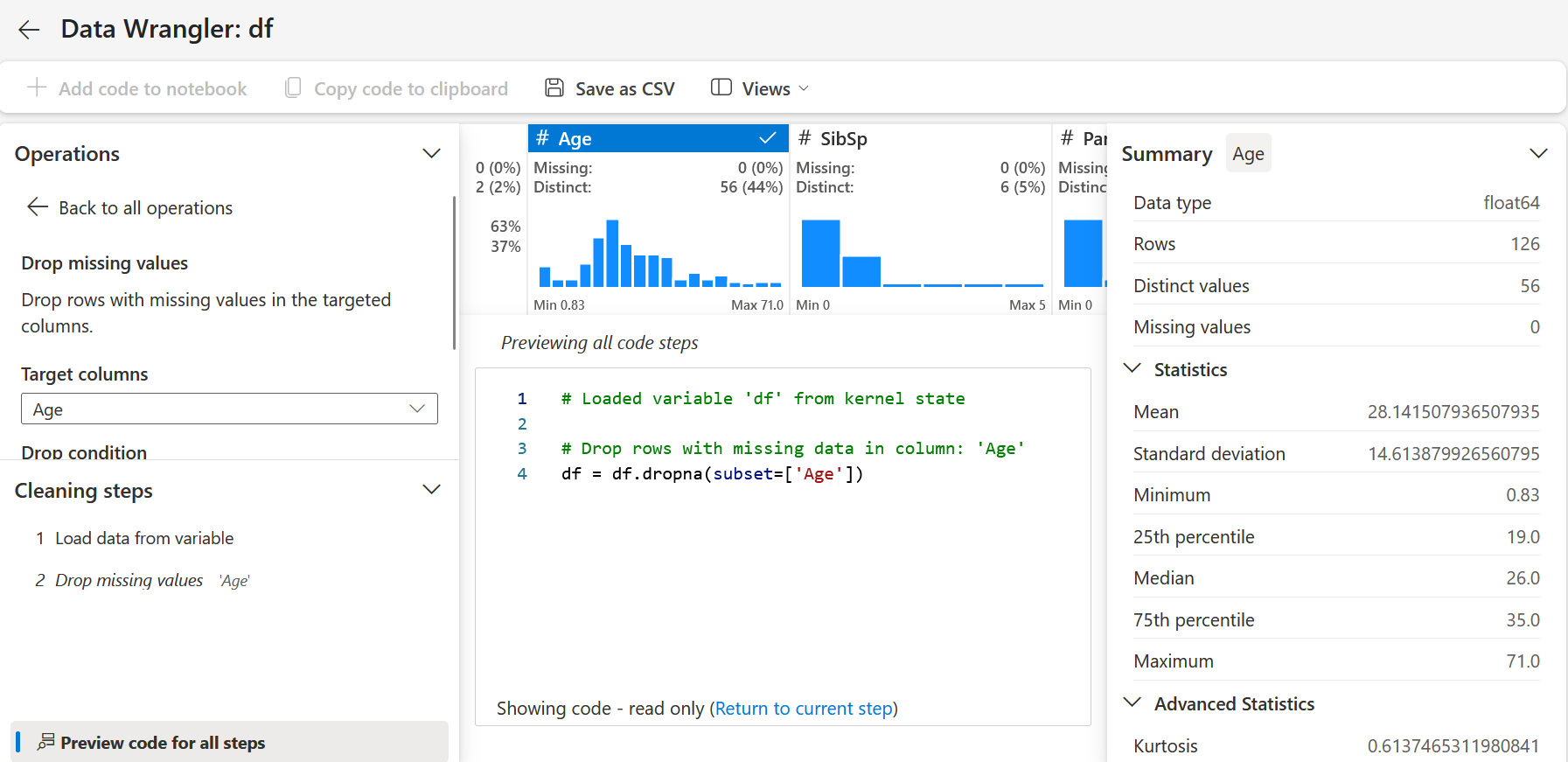
Spark notebooks
- Variety of languages
- Python libraries for data manipulation
- PySpark for large datasets
- Pandas for smaller datasets
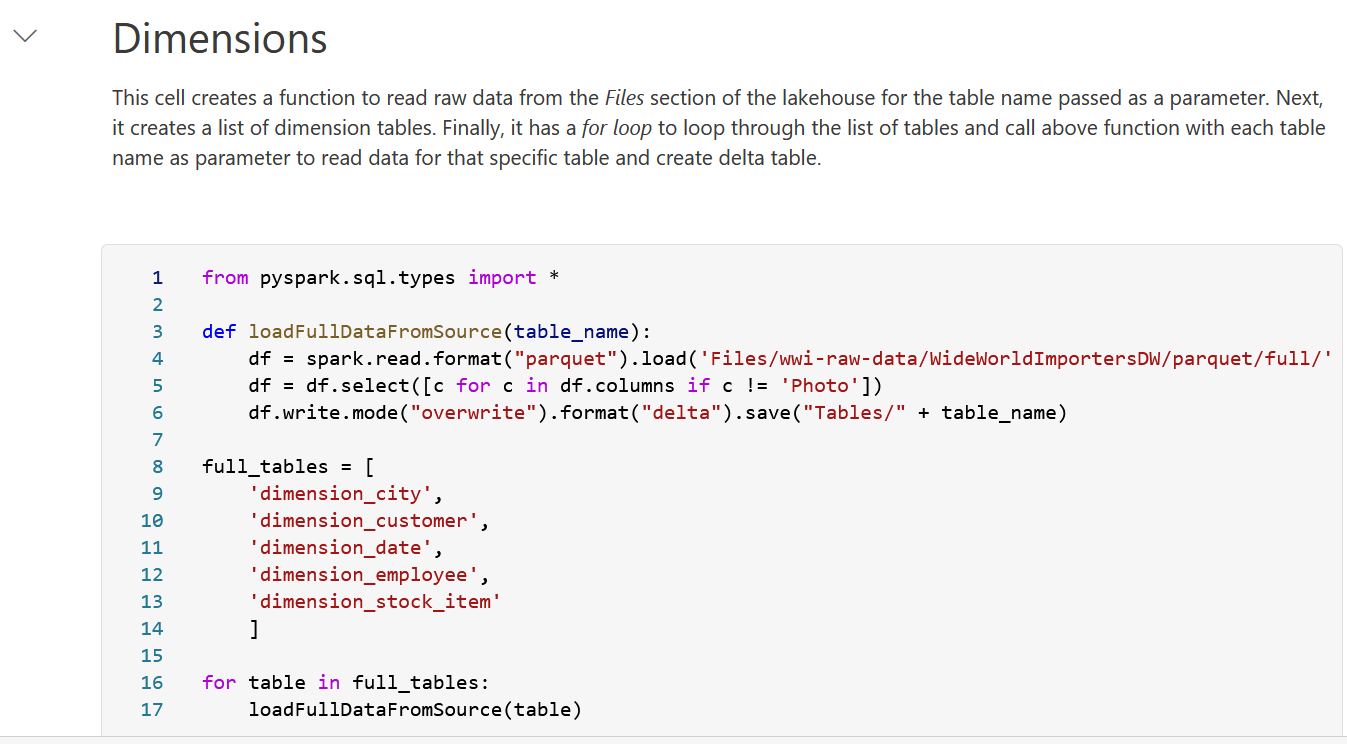
SQL scripts
- T-SQL statements for data manipulation: SELECT, INSERT, UPDATE, DELETE
- JOIN to merge data
- CAST and CONVERT to convert data types
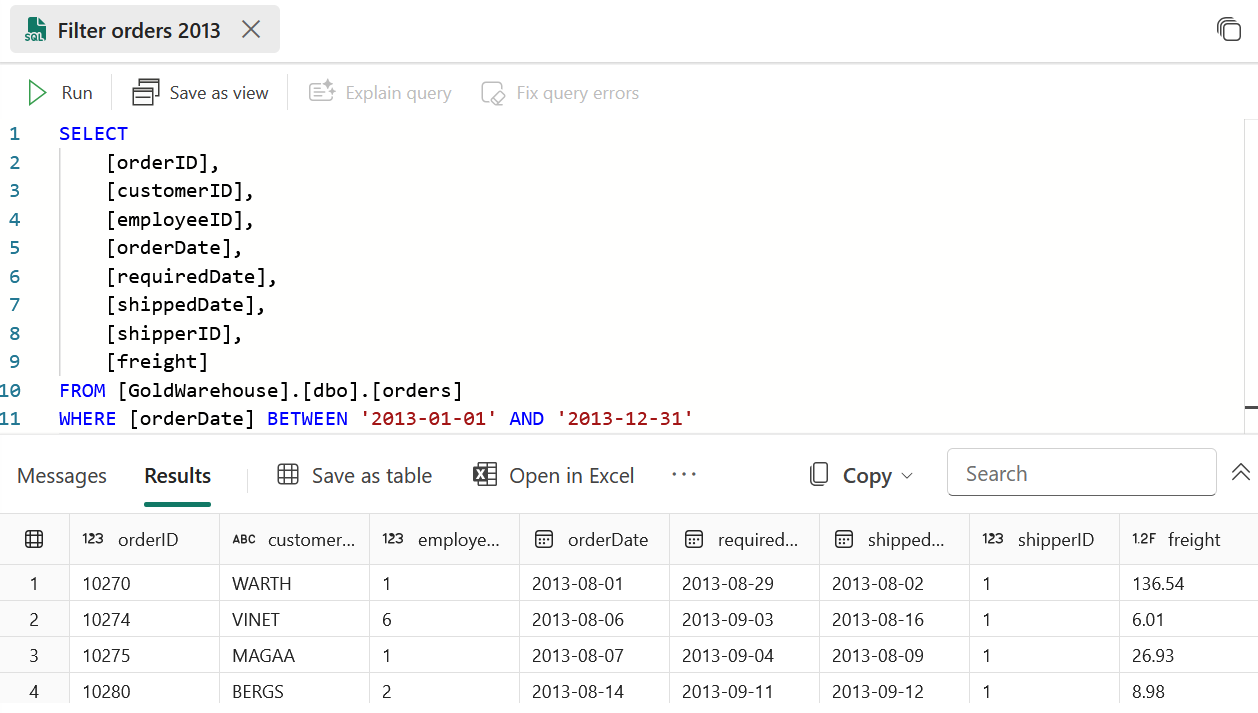
Let's practice!
Transform and Analyze Data with Microsoft Fabric

